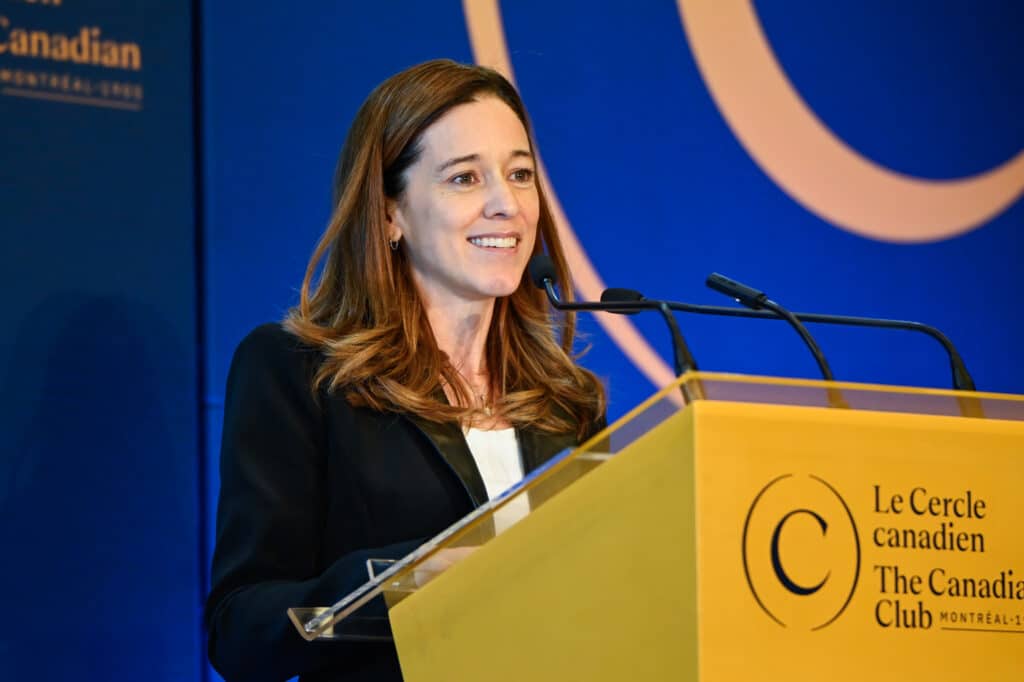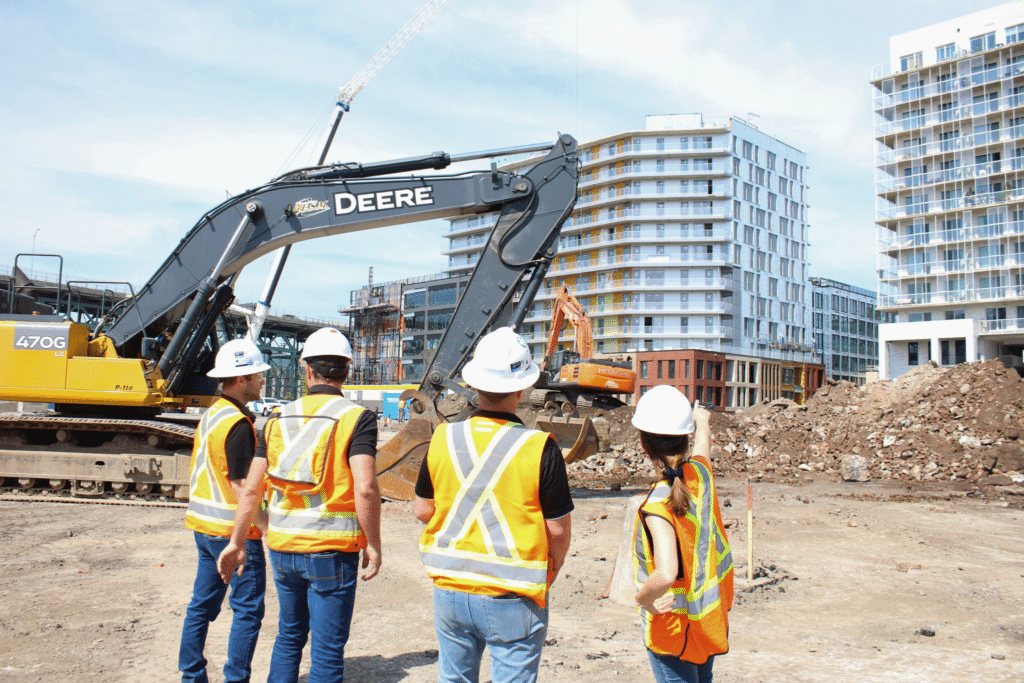Griffintown was acquired by Mary Griffin around 1805, from the renowned judge and merchant Thomas McCord. This piece of land has crossed the epochs to become today one of Montreal’s important historical neighbourhood.
Strolling around the streets of Griffintown, it’s possible to find a rich architectural heritage that reminds us that this part of town has been the cradle of Montreal’s industrial era.
Surfing the web, I found this picture of a building I go by often when I’m in the neighbourhood. Located at the corner of Séminaire and De la Montagne (formerly called McCord Street), this edifice was erected in 1896 by the Lachine Hydraulic & Land Company, a business that was at the time the second largest producer of hydroelectricity in Canada, owning a dam on the Lachine Rapids in LaSalle. The narrow facade of the building and its triangular shape gives it a unique look.
Lachine Hydraulic & Land Co. Building, around 1910 and today.
Although more than one century separates the two pictures, it is obvious that this building was well preserved. Today, its office space is occupied by Magenta Studios, a photography studio.
Further in my researches on Griffitown’s architectural heritage, I discovered the buildings of the New City Gas Co. of Montreal. This company was founded by Jesse Joseph, one of Montreal’s richest businessmen at the time. Some of the old coal and gas warehouses of what was once a huge complex are still present in the landscape. Unfortunately, the huge dome-shaped gas reservoir constructed by the architect John Ostell between 1859 and 1861 has been demolished. On the pictures presented here, you can see the Ostell reservoir and the New City Gas Works coal warehouse, still located on the corner of Ann and Ottawa Streets.
Today, the New City Gas has been completely revamped. It is now a multi functional venue and an underground reception hall, with a total capacity of 3000 people. It is also famous for its happy hour, surely one of the best in town!
Concluding these searches on the history and architectural heritage of Griffintown, I strongly believe that it is important for the neighbourhood to keep a certain balance between the new real estate projects of the « New Griffintown » and the historical landmarks still standing today. Putting more emphasis on their preservation should maintain the unique aspect of the neighbourhood.
Finally, I invite you to take this virtual guided tour that will take you to 21 of the historical buildings still in place in Griffintown. For the curious, you’ll find here a document published by the City of Montreal that goes through Griffintown’s evolution with a focus on architecture (in French only).
A great deal of historical buildings can be found on the streets of Griffintown. Which ones are your favorites? You are welcome to share your discoveries on this blog.
Louis






